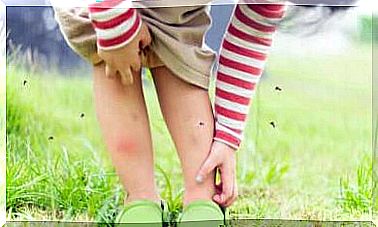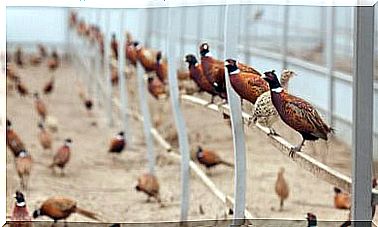What Is Separation Anxiety And How To Fix It

It is common for children to develop anxiety when they are separated from their primary caregiver or the environment they are used to. However, did you know that this kind of anxiety is also felt by pets? Read on to find out what separation anxiety is and how to resolve it
Do you have a pet that can never be alone? He may be suffering from a behavioral problem called separation anxiety. Separation anxiety is a state of stress, fear, anxiety and depression that a pet experiences when it is left alone or separated from its guardian.
What is guardian separation anxiety?
This pathology considerably affects the pet’s attitudes, all related to stress. Some of them are:
- Loss of sphincters control
- Howls or barks when left alone
- destructive behaviors
- Anxiety when detecting the departure of the tutor
This behavior problem develops due to a high level of dependence on the guardian and because of a pet that lacks trust.
This type of relationship makes it unbearable for pets, especially dogs, to be without the company of their guardians. Therefore, they use some of the behaviors mentioned above as a way to externalize and alleviate the anguish generated by the separation, even for a short time, for example, the time spent going to the supermarket and back.
Possible causes

It is unclear what are the factors that lead a pet to develop an excessive attachment to its guardian. However, elements such as very early weaning, some genetic characteristics, race or traumas related to previous situations of abuse or neglect seem to play a role.
There seems to be a relationship between the absence of a process called “primary detachment” (which is the stage where the mother forces the cub to spend more time alone) and the development of separation anxiety from the guardians. In general, puppies that go through this phase, which occurs between the sixth and eighth week, tend to develop a more independent personality and have more self-confidence than puppies who have never had room to be alone or whose owner has not prepared properly. to welcome you home.
How to Avoid Separation Anxiety

One way to show that your dog is starting to suffer from this disorder is when he gets overexcited when you get home (jumps on you or urinates).
When the dog gets very agitated, it means he was worried because you weren’t there, so it’s best to ignore him until he calms down. When he calms down, then you can greet him. That way you show him that this is the state of mind he should maintain while you’re gone, that nothing has happened, and that it’s okay for him to be a little more alone.
You should keep in mind that, as part of your educational process, your dog must learn to be alone. However, remember that this is something that should be done piecemeal. Don’t think about leaving it alone right away, it’s better to leave it for short periods of time and increase this time little by little. This way, you will prevent a long period of loneliness from generating trauma, which will lead to a behavior problem like the ones mentioned above.
This way the dog will understand that when you leave, even if it takes a while, you will come back, without this being an absolutely stressful experience for the animal.
to consider
- Separation anxiety manifests with different intensity depending on the dog as well as the situations in which it occurs.
- For example, some pets remain quiet during the guardian’s absence in the morning and afternoon, but cannot bear to be alone at night.
- Others develop anxiety after spending long periods with someone, for example after a vacation. It is necessary to be aware of the situations that trigger this behavior and the intensity with which your pet manifests it.
- People often confuse separation anxiety with boredom. If a dog acts perfectly normal, but after eleven or twelve hours around, he just starts scratching at doors or howling, he’s probably bored.
- It is necessary to pay attention to this behavior, as the animal may end up somatizing anxiety and developing diarrhea, anorexia or self-mutilation.









